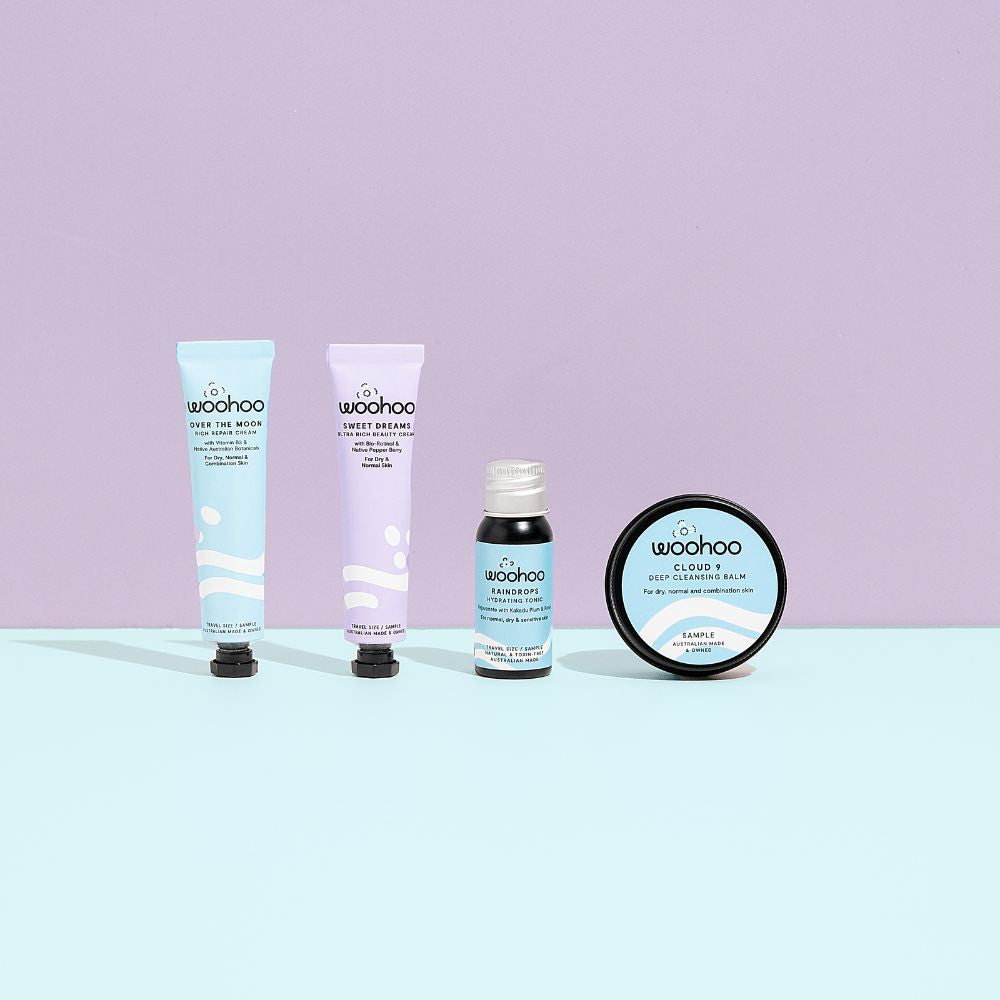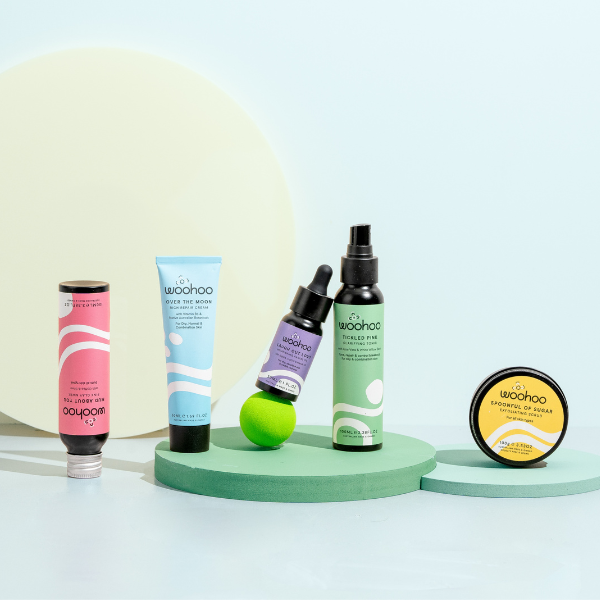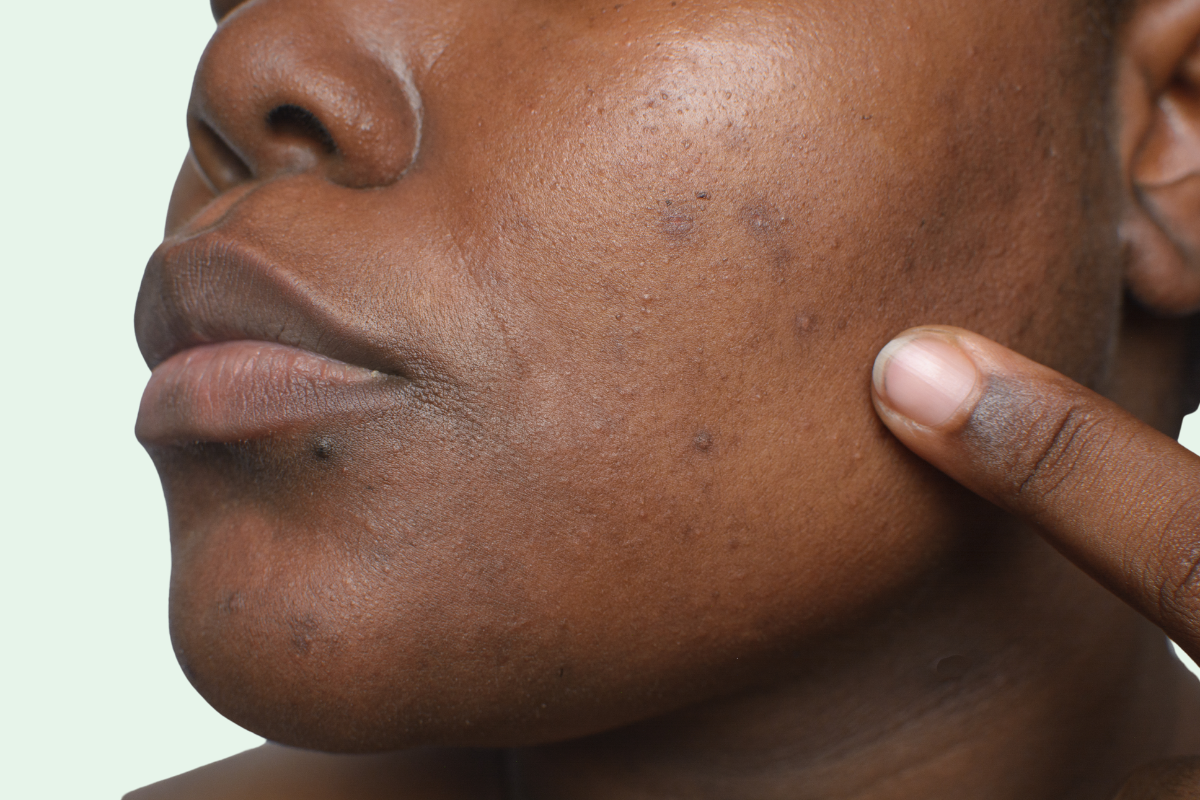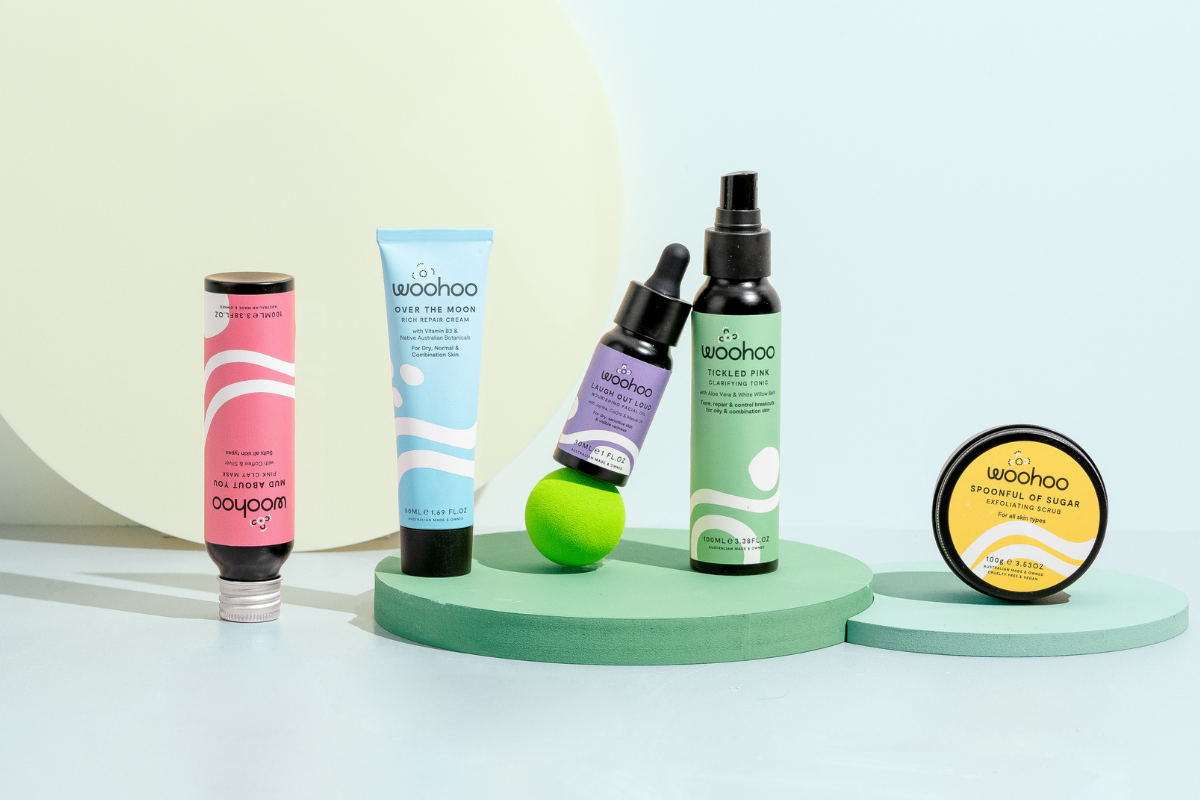In the blue corner we have the reigning champion “Slip-Slop-Slap”. And in the red corner the underdog – Vitamin D. Both are needed for good health but … how do you do both??
This week the boffins from Cancer Council Australia, Australian College of Dermatologists, Osteoporosis Australia, Australia and New Zealand Bone and Mineral Society, and Endocrine Society of Australia all put their heads together and came up with a new set of guidelines for sun safety.
If you have any experience with governing bodies or organisations then you’ll know that getting 5 of them to work together is a mind boggling feat. Not only did they get their heads together, they did a pretty good job to boot.
And the best news of all?
You can now get out there and sunbathe in your birthday suit 
It is true, but before you rip your clothes off there are some guidelines we need to share with you to make sure you stay safe in the sun and get your daily dose of Vitamin D.
Need a refresher on why Vitamin D is so good for you? Click here for the blog post. It helps prevent a whole menagerie of health issues, and Vitamin D deficiencies are on the increase.
A handy little number called the ‘UV Index’
Before we dive in, you need to know what the ‘UV Index’ is. It’s a simple number from 0 to 20 which lets you know how intense the UV rays are. The higher the number, the greater the likelihood your skin will be damaged by the sun.
You can get graphs like this one below showing how the UV index changes throughout the day, where different coloured bands show you the risk level of skin damage due to UV exposure from Low (0-2), Green, to Extreme (11+), Purple.

What you need to do when the UV Index is above 3 (Spring and Summer)
During Australian Spring and Summer UV is at extreme levels, so lying in the sun is not a good idea.
If the UV index is 3 or above you will need to cover up butter cup and do the “slip slop slap” (slip on a shirt, slop on some sunscreen, and slap on a hat). In summer the UV index can be over 3 from 8am to 6pm, according to a trusty little weather app on our smart phone.
When it comes to Vitamin D, the boffins say that more time in the sun does not mean increased Vitamin D levels. A little sun is all you need for your Vitamin D intake. Doing your day-to-day jobs that get you out in the sun a few minutes at a time is all you need.
What you need to do when the UV Index is below 3 (Autumn and Winter)
In our Aussie Autumn and Winter, getting outside without “slip slop slapping” is ok because the UV Index is below 3 more often than not. This is when you want to get outside with some bare skin exposed to keep your Vitamin D levels up.
So even though your brain is telling you to put more clothes on, instead you can frolic nude in the garden or skinny dip at the beach for as long as you dare (and for as long as the UV Index is below 3) 
The only time this changes if you are at the snow because even when the UV Index is below 3 you can still get sunburnt from the glare off the snow.
The verdict?
We think these are a pretty good one-size-fits-all set of guidelines to go by when it comes to spending time in the sun safely.
The guidelines don’t take into account the ageing effects the sun has on your skin, but that’s something that you can easily manage yourself. Just try to keep your face and hands protected all year round, but leave your arms or legs exposed so you’re still getting your precious Vitamin D.
Image source: http://www.bom.gov.au/uv/about_uv_index.shtml








